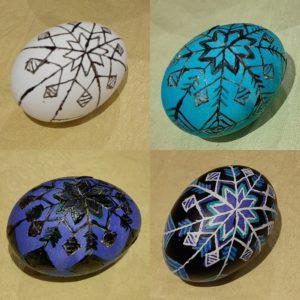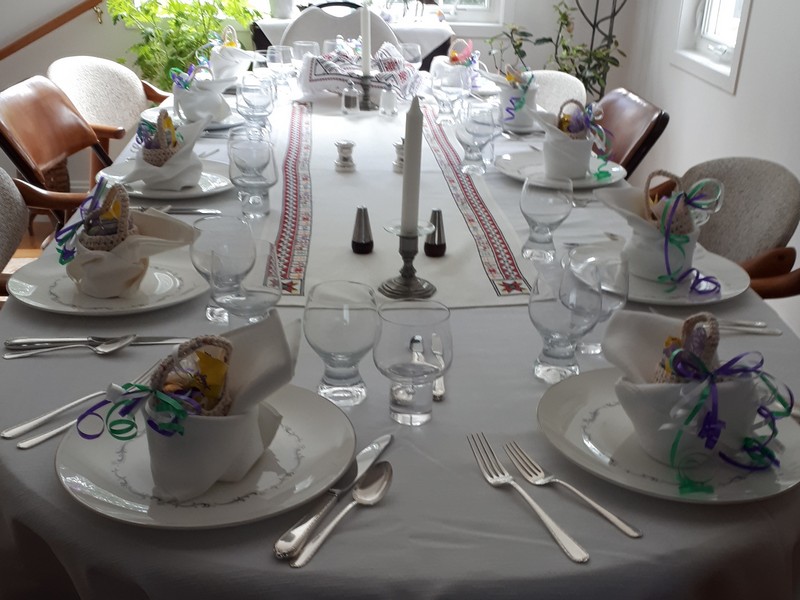Easter traditions encourage gathering around a table
Krista Ranacher
Cooking and sharing food across generations and cultures is one of the great pleasures of life. My kitchen grimoire is filled with scraps of paper with collected recipes overwritten with notes. My Mum’s people are mostly Ukrainian and she does almost all the Easter celebration meal planning and cooking with recipes from that side of the family.
In the years I spent away from Canada, I was the most homesick at Easter. I didn’t realize how special my Mum’s and Dad’s Easter celebrations were until I missed a few and had to fall in with other strays who were away from their usual holiday family circles to pool traditions, entertain our children and take time to eat and enjoy each other’s company in the spirit of Easter.
For my Mum and Dad, preparations begin in the fall with the search for the best fresh cabbage at the farmers’ market. Fresh cabbage is most easily made into holuptsi –Ukrainian cabbage rolls. These are tucked away in the freezer along with dozens of perogi, basically noodle dough wrapped around a filling of mashed potato and onion.

Photo: Krista Ranacher
Winter is a good time to take a few days to make some new pysanka – we’ve got a couple that are decades old. Traditionally, these intricately decorated and brilliantly dyed eggs were made and shared between households. My Mum grew up going to the Easter Vigil and Sunday sunrise services at a Ukrainian Orthodox church in Winnipeg. They would take their pysanka to place around the altar area to be blessed in the church.
It is lovely in this digital age that we can share this tradition with a more diverse audience and over distances. Mum gets pictures from friends and family who have turned their hands to a kitska and dragged wax over the mundane miracle that is an egg dipped in successive dye baths.
Gathering around a table to craft pysanka feels like a ritual of hope for spring as the most basic kitska tools are heated in the flame of a candle to melt and deliver wax to the surface of the egg. The time is filled with chatter and maybe some music, certainly a refreshing snack or meal. It is a time-consuming process best enjoyed with others. The final step is slowly heating the egg that has been covered in multiple layers of wax and dye to gently clean the wax away to reveal the sometimes very artful and intricate designs.
In the final weeks before Easter a ham is ordered from the butcher and plans for wines to serve are made. The final preparations for Easter Sunday begin in the week after Palm Sunday with desserts. Khrustyky are fried “nothings” dusted in icing sugar. There was always a poppy seed cake and a Dobos torte Ð sixteen alternating layers of cake and chocolate cream. Babka baking took all day on Good Friday. Babka is the Easter bread made with many eggs and little flour. The bread is broken over grace at the beginning of the meal and passed around as an Easter communion.
The dining table is set up for maximum seating and dressed on Sunday while everything is put together in the kitchen. The edges of the dining room have been filled with pots of blooming flowers. The table is dressed with a table runner and other linen embroidered by my Mum with traditional Ukrainian patterns and symbols. The best tableware and cutlery are all put to service as we eat and enjoy each other’s company in the spirit of hope for the rebirth of spring.

